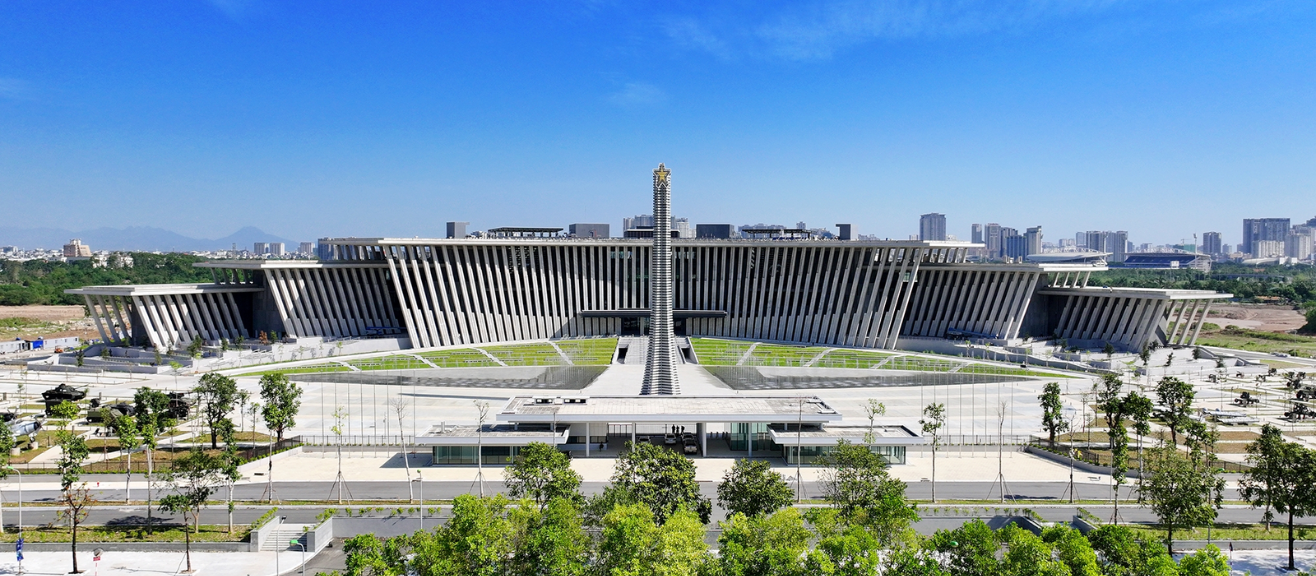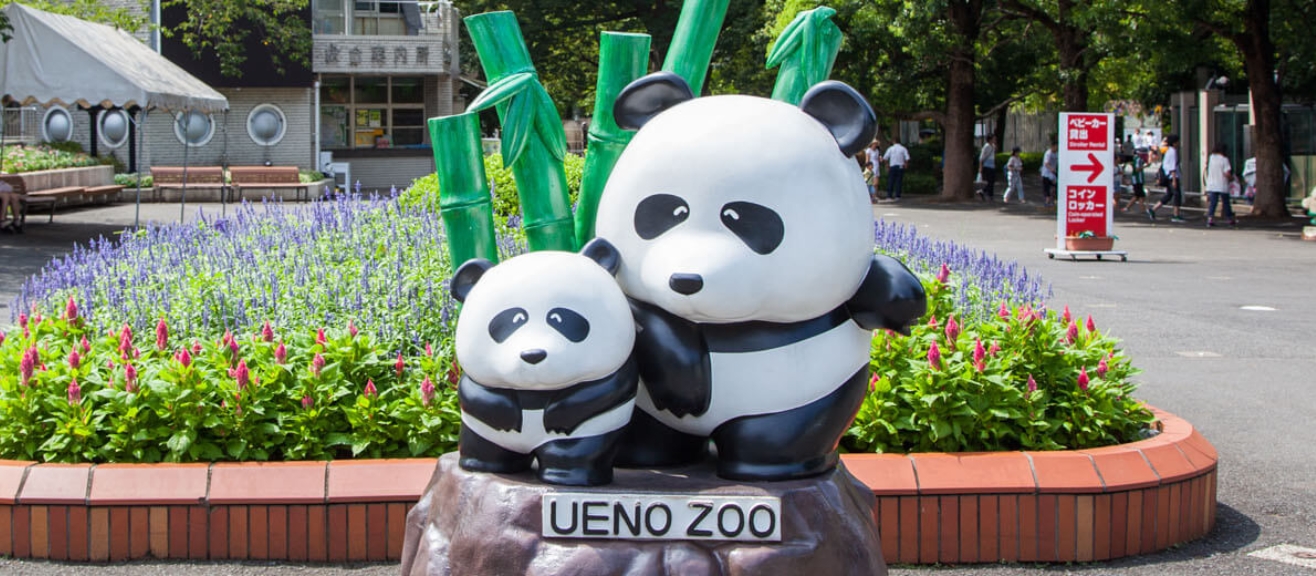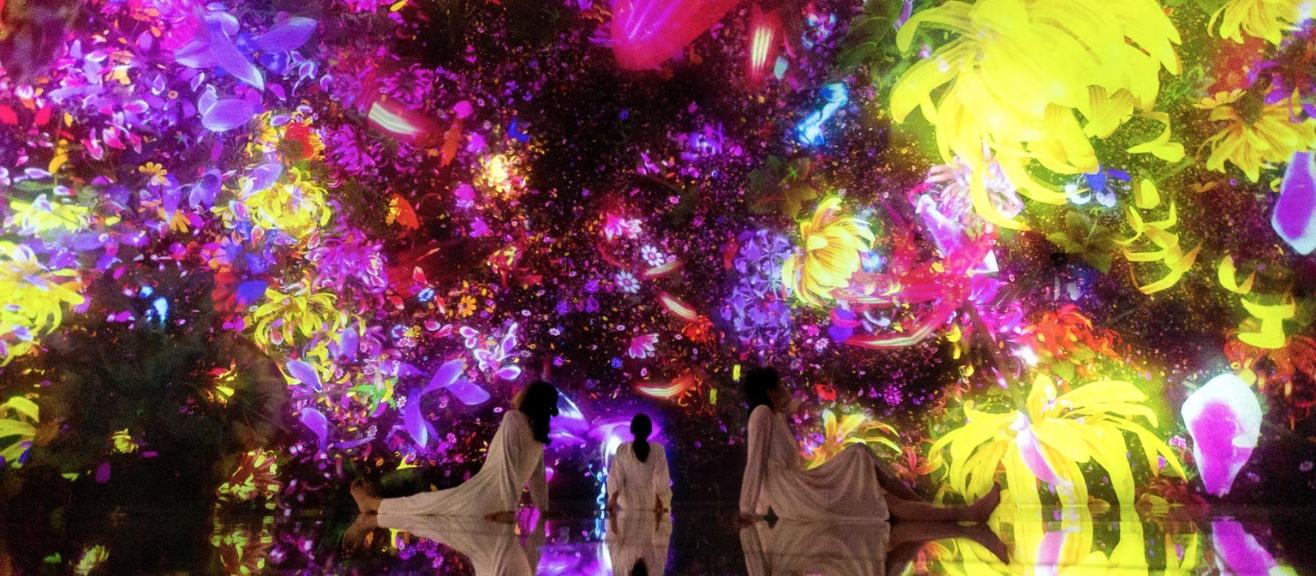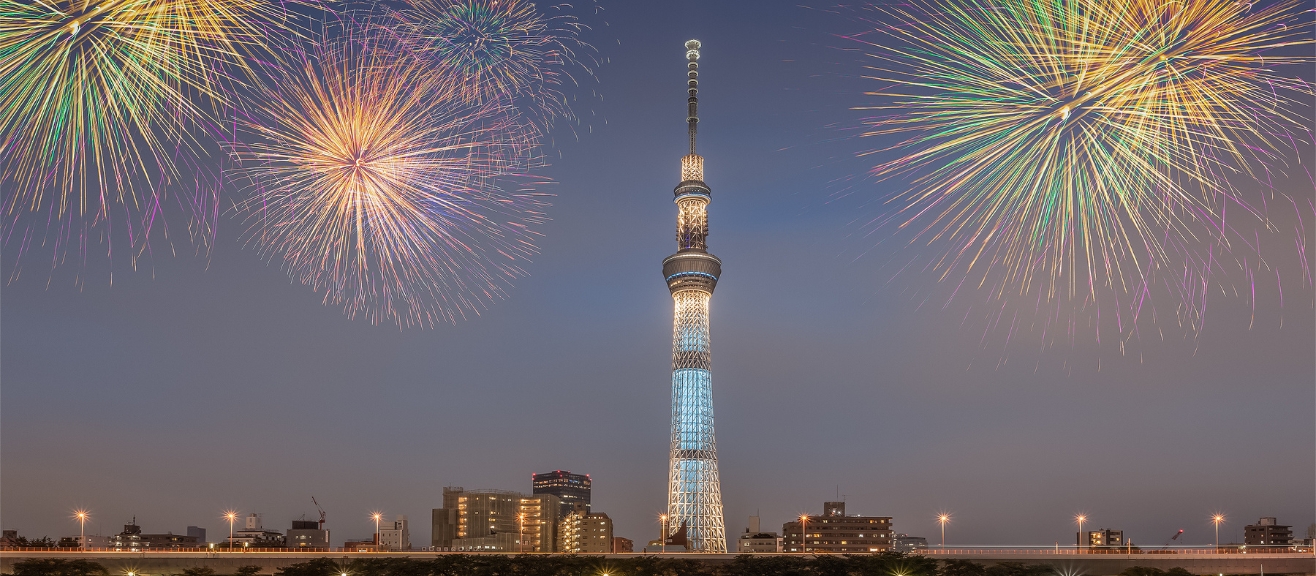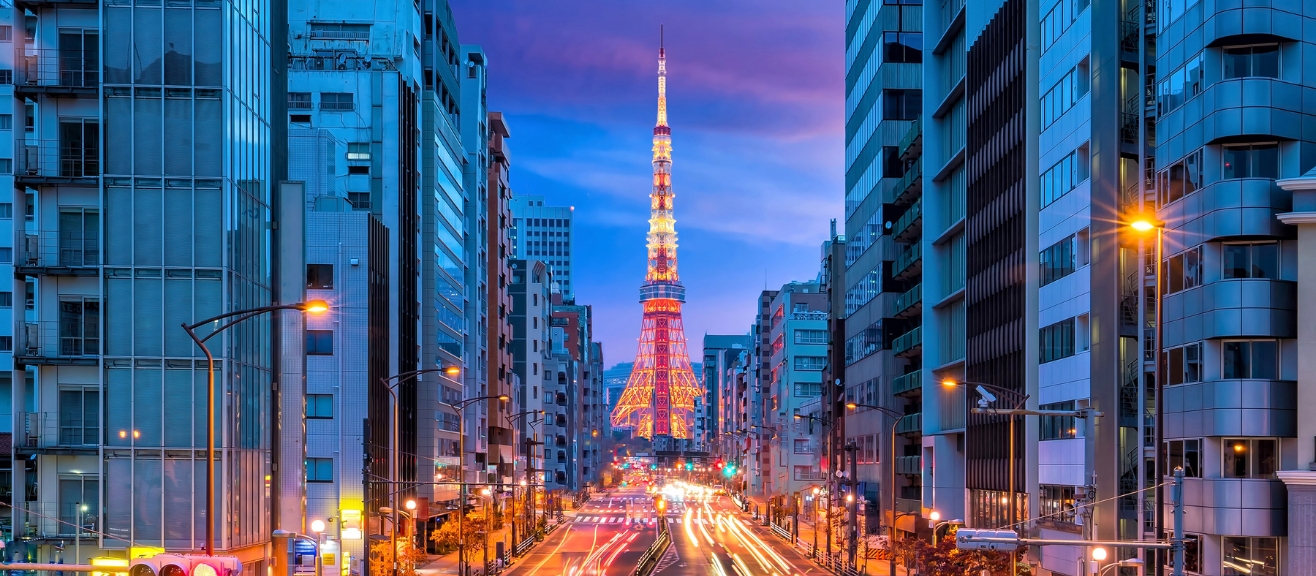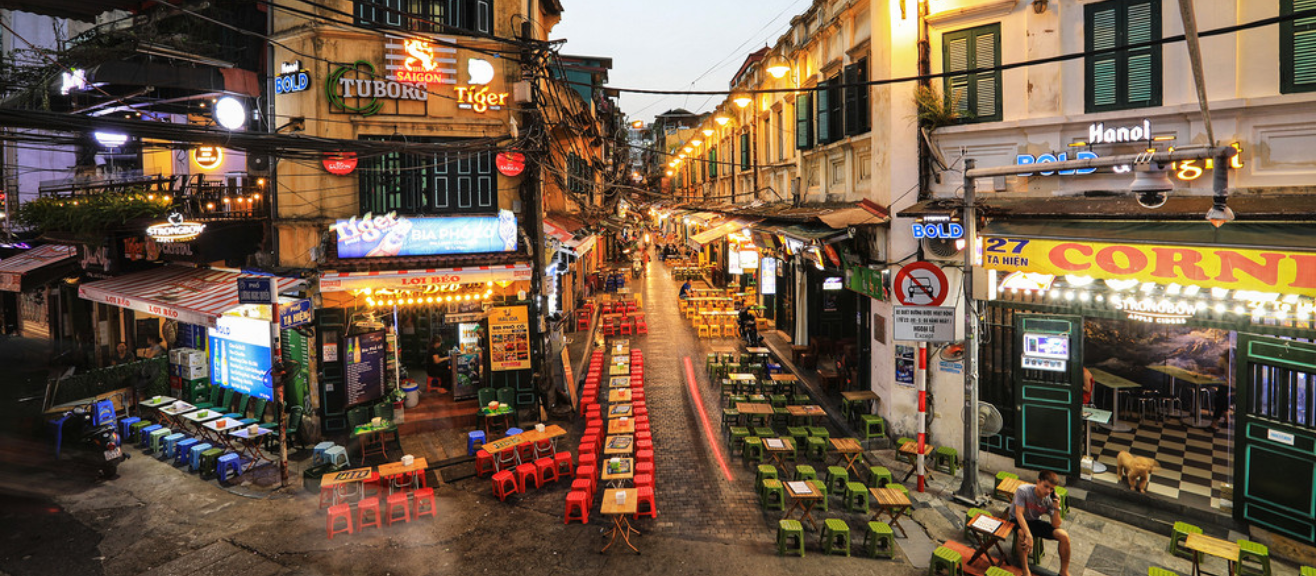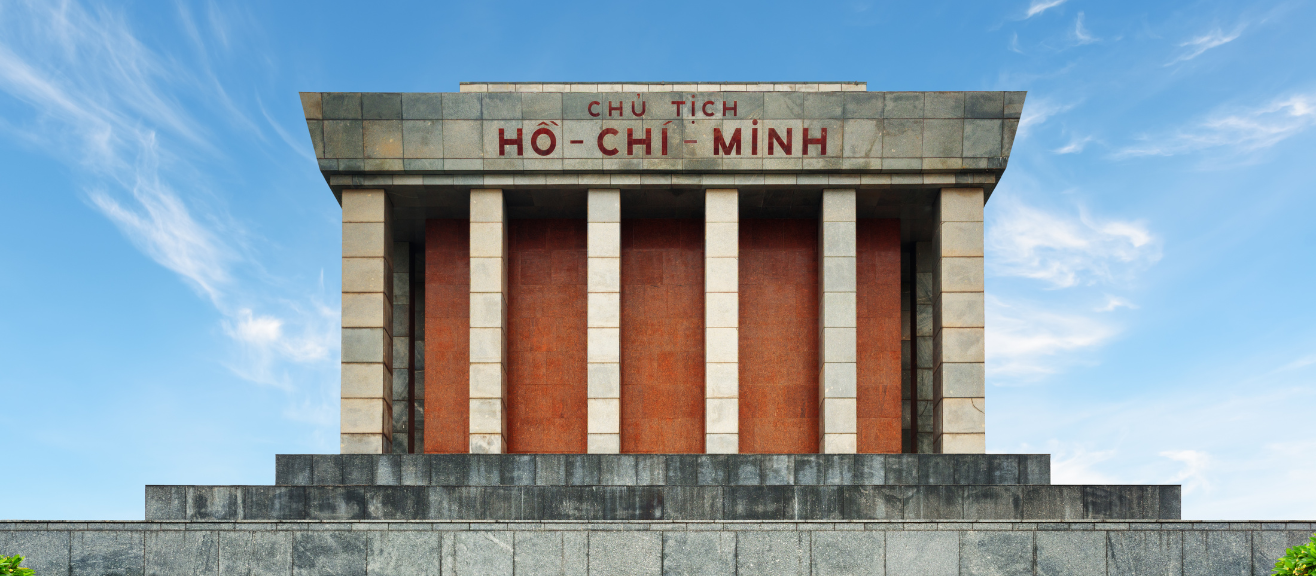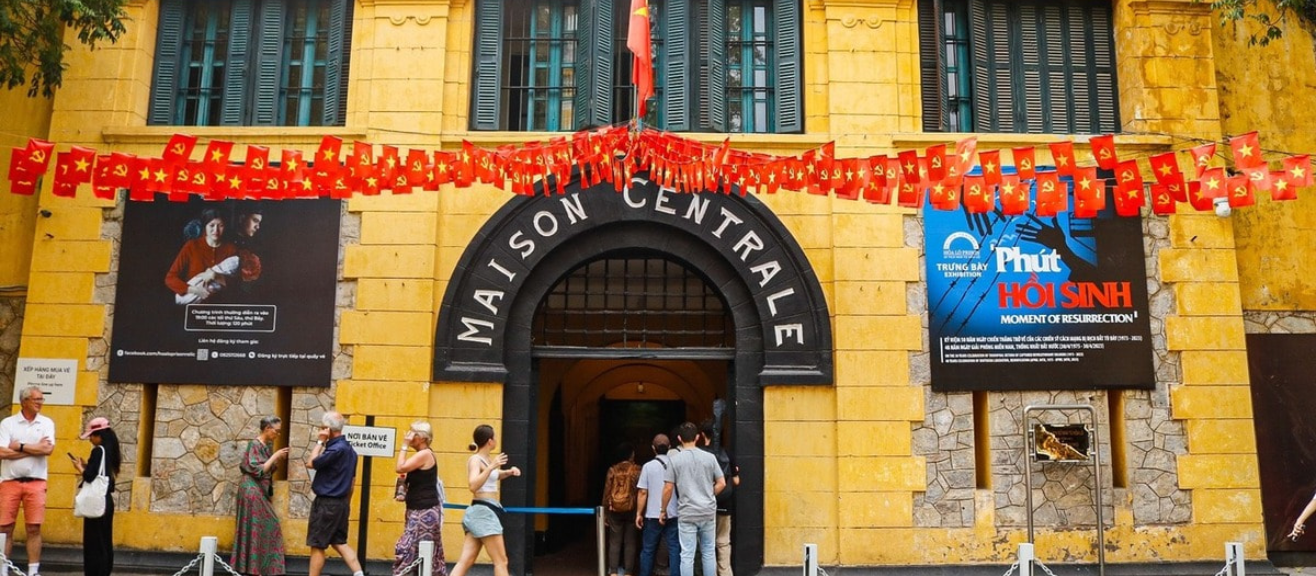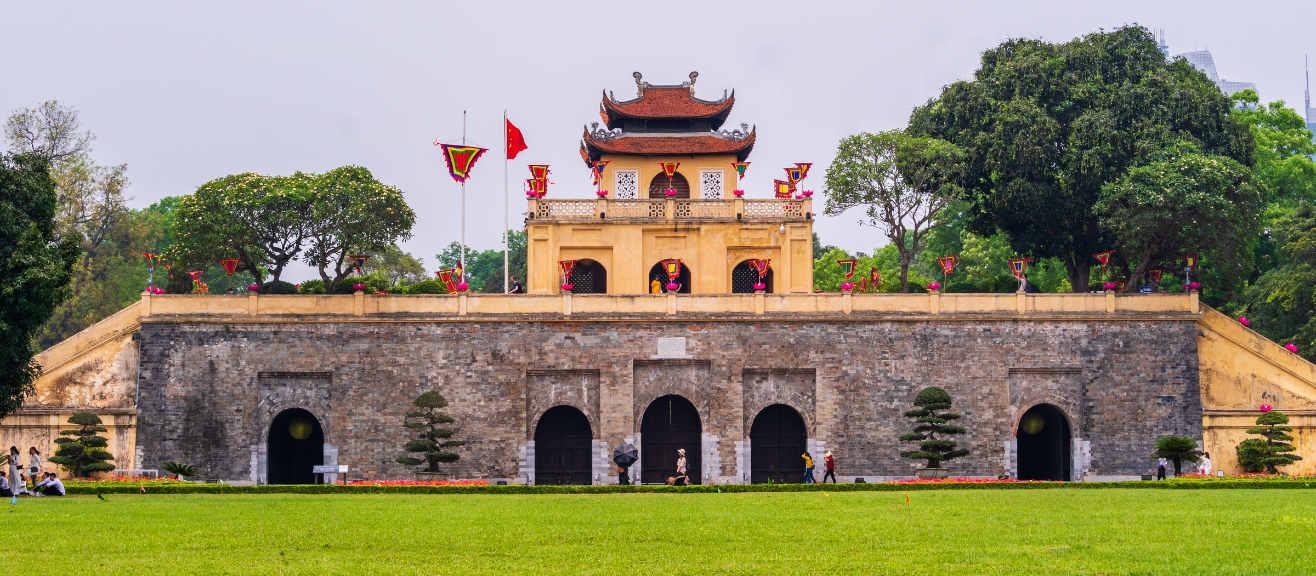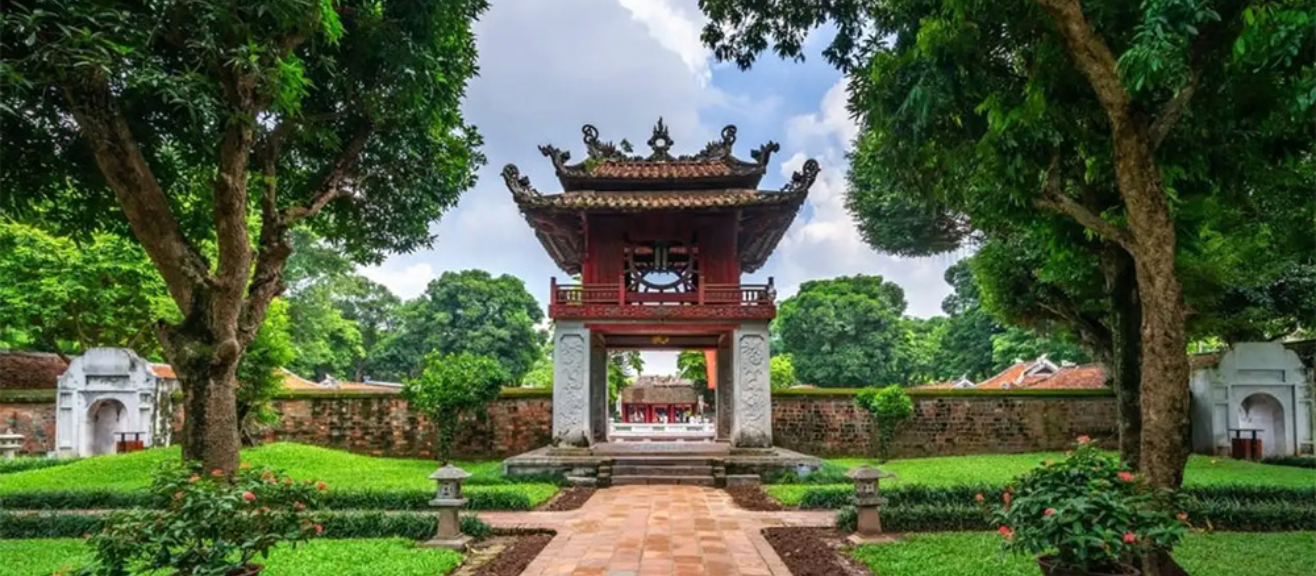Exploring Vietnam Military History Museum, Hanoi
🏛️ Overview
Visiting the Vietnam Military History Museum in Hanoi offers a fascinating window into the nation’s heroic past, celebrating the courage and resilience of generations who defended the country. As one of Vietnam’s seven national museums, it houses an extensive collection of artifacts and exhibits that tell powerful stories of wartime struggle and national pride. From the carefully curated indoor galleries to the striking outdoor displays, every corner reflects Vietnam’s journey through decades of conflict and reunification. Whether you are a history enthusiast, student, or a curious traveler, exploring this museum provides an immersive experience that blends education, culture, and reflection. Walking among the exhibits, you can feel the depth of sacrifice and achievement that has shaped modern Vietnam. It’s a must-visit destination for anyone wanting to understand the country’s military legacy and national identity.
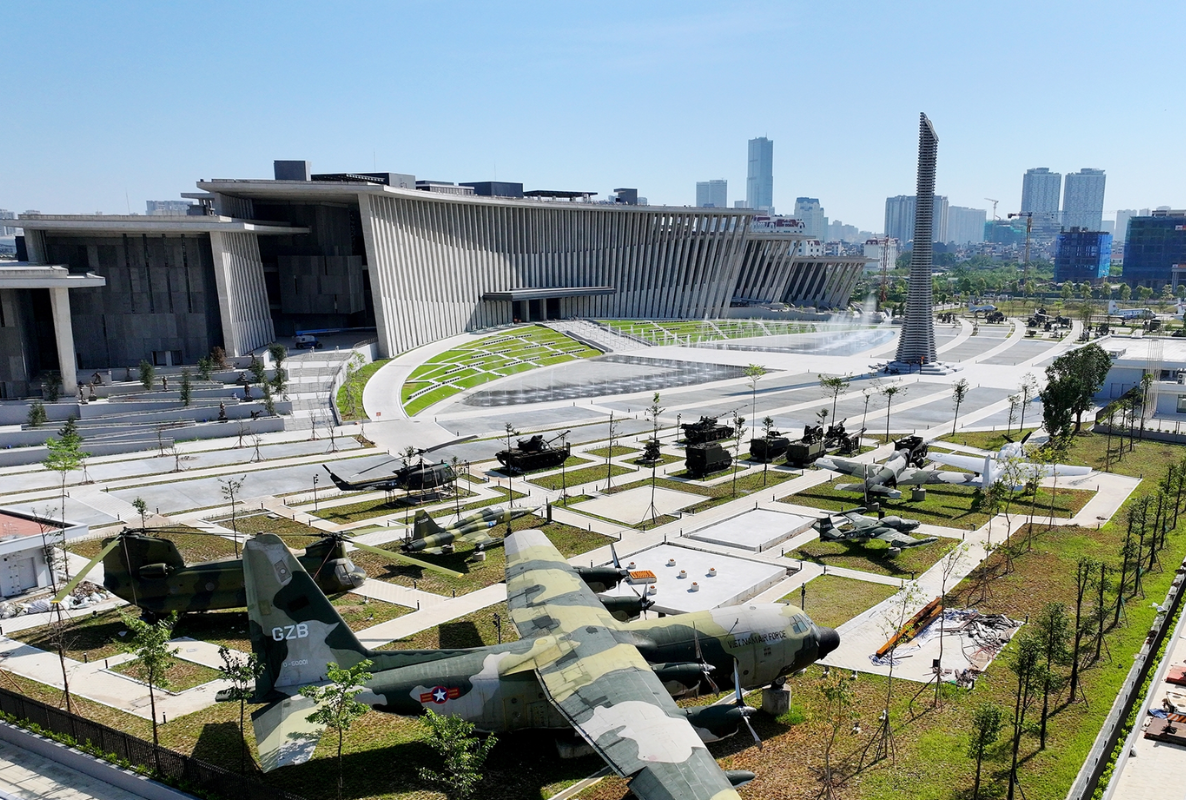
🗺️ Where to Find the Museum
The Vietnam Military History Museum is located along Thang Long Boulevard in Nam Tu Liem District, Hanoi, a highly accessible area along one of the city’s main roads. Its sprawling grounds cover over 74 hectares, with a dedicated 38-hectare exhibition area, making it easy to explore both indoor and outdoor displays.
⏰ Opening Hours & Ticket Prices
| Day | Opening Hours | Ticket Price |
|---|---|---|
| Tuesday – Thursday | 8:00 AM – 11:30 AM, 1:00 PM – 4:30 PM | 40,000 VND per adult, 20,000 VND for students 16+ |
| Saturday – Sunday | 8:00 AM – 11:30 AM, 1:00 PM – 4:30 PM | 40,000 VND per adult, 20,000 VND for students 16+ |
| Monday | Closed | - |
| Friday | Closed | - |
🚗 How to Get There
Visitors can reach the museum by taxi, ride-hailing apps, or motorbike rentals, with fares varying depending on distance. Several bus routes also stop nearby, offering affordable and convenient travel options. Each mode of transport allows flexibility depending on your location, budget, and preference.
📜 History & Development
Originally established as the Army Museum in Ba Dinh District in 1959, the museum commemorated the 15th anniversary of the Vietnam People’s Army. Over decades, it became a significant cultural and educational landmark. To accommodate growing collections and modern exhibit standards, the museum relocated to Nam Tu Liem District in 2020 and officially reopened in 2024. The new building won the Grand Prize at the 16th National Architecture Awards, reflecting its modern design and importance as a symbol of national heritage. Today, the museum bridges history and innovation, offering visitors a deep dive into Vietnam’s military achievements and architectural excellence.
🌟 Highlights & Things to See
Indoor Exhibits
The museum features six themed galleries covering pivotal eras from early nation-building to post-1975 development. Highlights include over 150,000 artifacts and four National Treasures, such as the MiG-21 fighter planes, the T-54B tank that entered the Independence Palace, and the Ho Chi Minh Campaign command map. Interactive screens, 3D models, QR codes, and documentary videos make the exhibits engaging and informative, creating an immersive experience that brings Vietnam’s military history to life.
Outdoor Exhibits
Outside, the Victory Tower stands 45 meters tall, symbolizing independence in 1945 and the unity of the five social classes. Surrounding areas display artillery, tanks, armored vehicles, and aircraft used in wars against France and the United States. Artifacts like the PT-67 tank, MiG-17 fighter, and the M107 self-propelled gun illustrate both Vietnamese ingenuity and resilience. The Peace Monument and landscaping emphasize reconciliation, making the museum a visually and emotionally striking destination.
💡 Tips for a Perfect Visit
Dress modestly and respectfully to honor the national heroes commemorated here. Some exhibits restrict photography, so follow the signage carefully. The outdoor areas can be hot in summer or midday, so bring water, a hat, or an umbrella. Hiring a local guide or using translation aids can deepen your understanding of the exhibits and provide context that enhances the visit. Allow at least two to three hours to fully explore both indoor and outdoor displays for a meaningful experience.
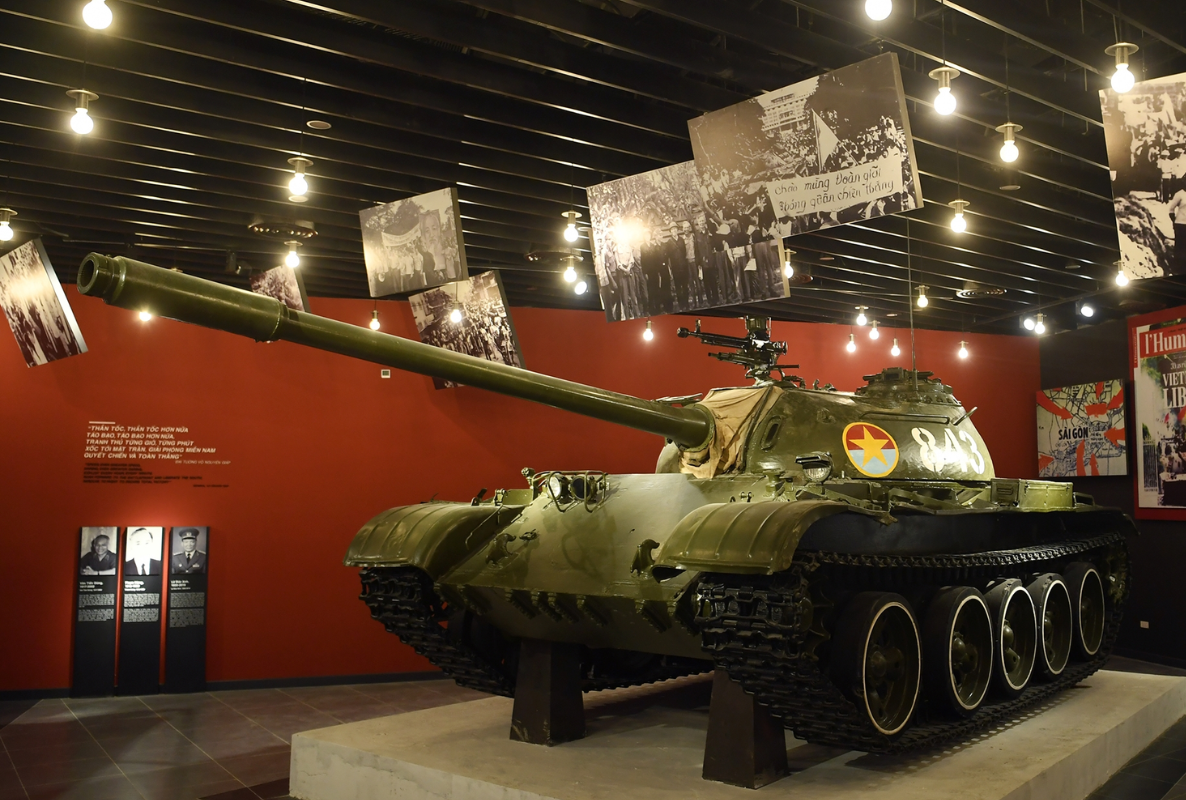
🧭 Nearby Attractions & Suggested Itinerary
Combine your museum visit with nearby landmarks such as the Temple of Literature, Imperial Citadel of Thang Long, and Hoa Lo Prison. For half-day plans, focus on the museum and one or two surrounding sites. For a full-day experience, consider adding a stroll through Ba Dinh Square or a short trip to scenic areas like Ninh Binh or Halong Bay. These options provide a mix of history, culture, and natural beauty, making your Hanoi trip diverse and enriching.
🎫 Tickets & Visitor Info
Tickets are affordable and available at the museum, with discounts for students and free entry for certain groups. Checking opening hours in advance helps avoid unexpected closures. The museum also hosts thematic exhibitions and anniversary events, providing dynamic ways to engage with Vietnam’s history. Pre-booking or consulting local guides can enhance your visit and help plan your time effectively.
👨👩👧👦 Who Will Enjoy It
History enthusiasts, students, families, and travelers curious about Vietnam’s military and cultural history will find the museum captivating. Its combination of education, interactive exhibits, and monumental artifacts offers something for everyone. Visitors can appreciate the country’s struggle for independence, the ingenuity of its military strategy, and the stories of heroic individuals.
🎒 What to Bring & Visitor Guidelines
Bring water, wear comfortable shoes, and dress modestly. Cameras are allowed outside, but indoor photography may be restricted. Following museum rules ensures a respectful and smooth visit. Reading about Vietnam’s military history beforehand enhances appreciation and engagement with the exhibits.
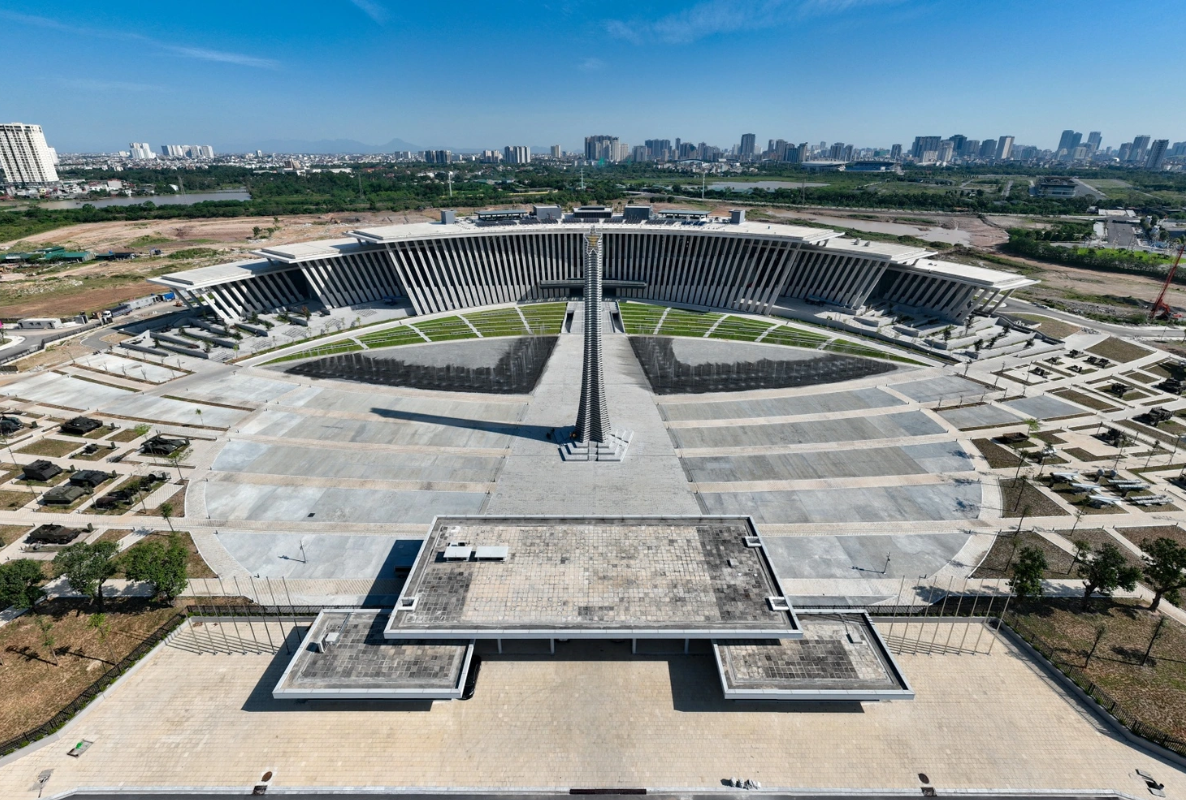
🪷 Conclusion
The Vietnam Military History Museum provides an immersive journey through the nation’s military heritage, celebrating courage, resilience, and national pride. From indoor galleries to outdoor displays and iconic monuments, visitors gain insight into Vietnam’s heroic past and cultural identity. Combine your visit with nearby historical sites and plan ahead for the best experience. For up-to-date visitor information, opening hours, and suggested itineraries, visit laimi.com to make the most of your cultural journey in Hanoi.

